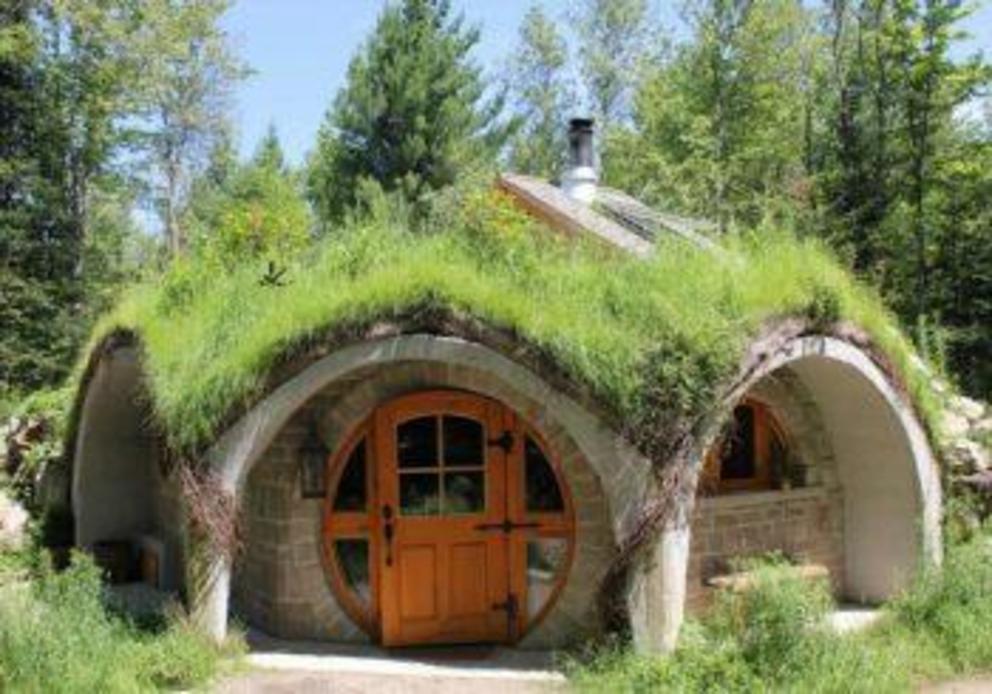How to make home building more eco-friendly
Consumers have long dismissed green buildings for being too expensive. However, as eco-friendly materials and practices become more commonplace, costs are beginning to decrease. These low prices will further incentivize sustainable construction in the coming years, which inevitably bodes well for the planet. By conserving energy and resources, minimizing reliance on fossil fuels, improving air quality and using renewable materials, builders are able to protect the Earth and create more living space for an ever-growing population.
Here are a few ways you can build smarter and secure a brighter future for yourself and the planet.
Build Smaller
New homes in the United States have a larger square footage than those in any other country, and they’re only getting bigger. Home sizes have grown 63% over the past 44 years, which means there’s less green space and more congestion than ever before.
Therefore, the most eco-friendly building option is to construct smaller homes, which won’t affect the environment and its biodiversity so drastically. Modest houses also use fewer materials and require less energy to heat and cool, which is a huge plus for the planet.
Incorporate Passive Design
If you want to save money on energy bills and build a naturally eco-friendly home, try incorporating passive design. This sustainable approach features strategic window placement, extremely effective wall insulation and a tight building envelope to maximize energy efficiency.
Do you live in a colder climate? Install more windows in West-facing walls to increase warmth and light. If, on the other hand, you’re building a home in a hot environment, you may choose to install East-facing windows to keep the interior cooler without running AC. Purchase energized, dual-glazed glass to minimize conductive heat loss and get the best bang for your buck.
Rely on Renewables
Integrating renewable energy systems into your home’s design is another great way to save money and be a more eco-friendly consumer. Whether you install solar panels, residential wind turbines or a small-scale hydroelectric system, you’ll effectively minimize your carbon footprint by shunning fossil fuels like coal and oil.
Want something a bit more subtle? Opt for photovoltaic windows or hire a construction team that partners with local wind farms or solar facilities for power. These decisions may seem insignificant, but they add up to make a huge difference.
Install Energy Star Appliances
If you don’t want to install renewable energy systems, the next best option is to purchase Energy Star appliances. These gadgets are more energy-efficient and will conserve resources so you don’t rely so heavily on fossil fuels.
Choose an Energy Star rated washer and dishwasher and low-flow toilets and showerheads to conserve water. Look for clothes dryers, refrigerators, dehumidifiers and other appliances with the same rating, too. While they may require a bigger upfront investment, they’ll save you more money in the long run.
Landscape Wisely
Landscaping is yet another important part of building your home, and you owe it to the Earth to make your yard eco-friendly. Instead of tossing the wood and brush you cleared to lay foundations, use a drum mulcher to convert it into wood chips for your garden or flower beds. You can also practice xeriscaping, which involves placing plants with the same water requirements close together to improve irrigation efficiency.
Choosing native plants can also benefit local wildlife and conserve water. Incorporating rain gardens, green walls, and ground cover can also minimize mowing, watering and pesticide application, all of which can negatively impact the environment.
Recycle and Repurpose
Instead of purchasing brand new materials to construct your home, consider using recycled and reclaimed materials. If you’re demolishing an old home to build yours, salvage whatever you can and repurpose it. Recycle the rest to keep it out of landfills and conserve nonrenewable resources like plastic, steel, aluminum and glass.
Another great way to save money and resources is to visit second-hand shops like Habitat for Humanity. These places are a gold mine for builders looking to repurpose everything from old doors to light fixtures.
Use Sustainable Materials
More and more project managers are looking for sustainable building materials because they’re easier to maintain and can substantially increase resale values. However, if your builder isn’t accustomed to sourcing eco-friendly materials, you have every right to ask for them.
Look into composite roofing shingles, and bamboo or cork flooring, which are more sustainable than hardwood. Precast concrete slabs are an excellent choice, too, as they often take less energy to assemble.
The Most Eco-Friendly Option
Of course, the best way to make home building more eco-friendly is to refrain from building anything new at all. After all, moving into a pre-existing house doesn’t require any new materials. Even if you renovate, you’ll use fewer resources than you would building a home from scratch. Therefore, it’s best to treat construction as a last resort and only lay new foundations when absolutely necessary. Then, you can incorporate the eco-friendly materials and practices above.

